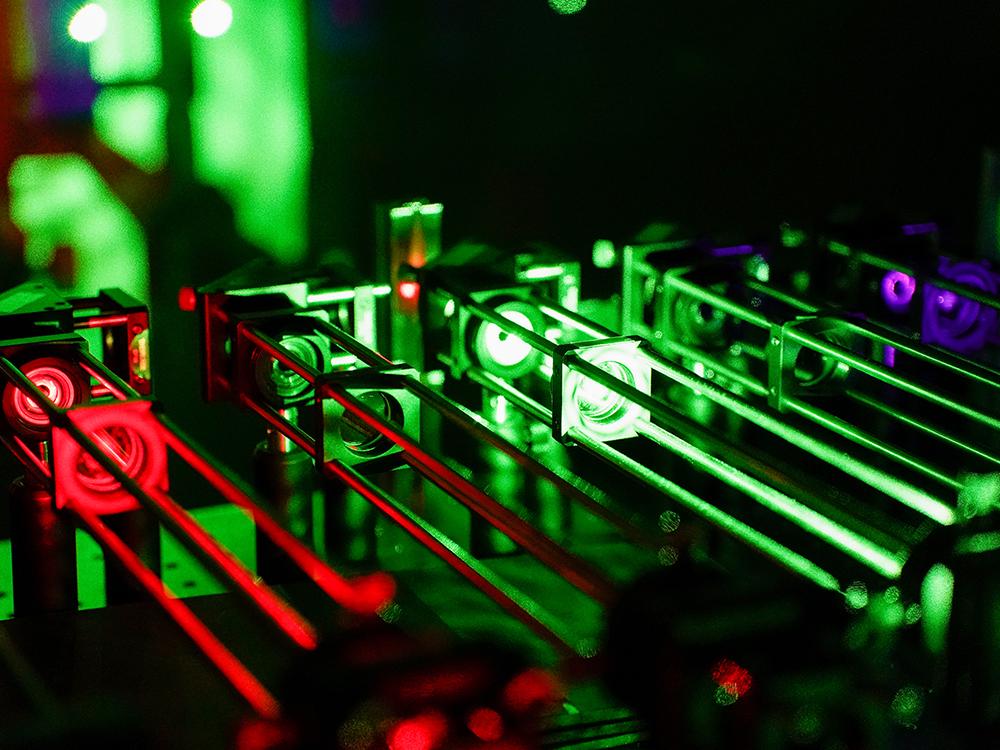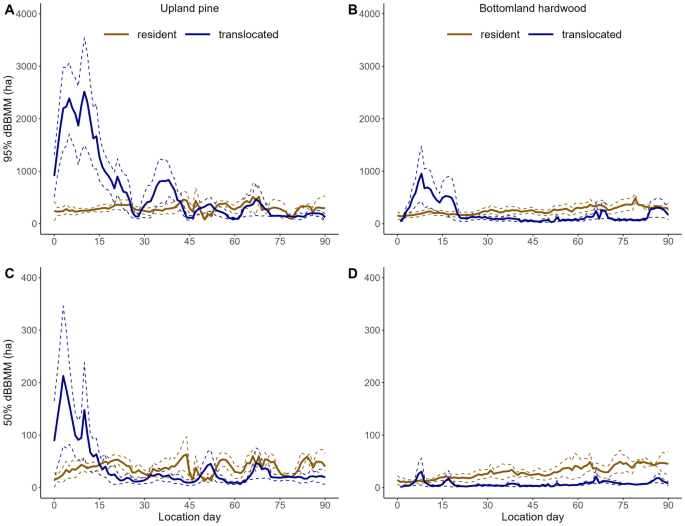2023-04-11 ペンシルベニア州立大学(PennState)
 The researchers observed how motor proteins moved along a microtubule using single-molecule fluorescence microscopy, pictured here, where researchers observe individual, fluorescently labeled proteins and DNA molecules using high-powered cameras and lenses. Credit: Jeff Xu/Penn State. All Rights Reserved.
The researchers observed how motor proteins moved along a microtubule using single-molecule fluorescence microscopy, pictured here, where researchers observe individual, fluorescently labeled proteins and DNA molecules using high-powered cameras and lenses. Credit: Jeff Xu/Penn State. All Rights Reserved.
このモータープロテインの、細胞体とシナプスの間を荷物を運ぶ際に競い合い、正常な荷物の輸送プロセスを解明することが研究の目的である。
この研究を進めたペンシルベニア州立大学の研究チームは、フローセンチプラシー顕微鏡法とコンピュータモデリングを用いて、3種類のキネシンとダイニンがどのように荷物を運ぶのかを調べ、競合に勝利するためにキネシンがどのように働くのかを明らかにした。彼らの発見は、神経変性疾患などの疾患における神経細胞の輸送プロセスの研究に役立つことが期待される。
<関連情報>
- https://www.psu.edu/news/engineering/story/neuron-movements-caused-push-pull-motor-proteins-study-finds/
- https://elifesciences.org/articles/82228#content
キネシン-1、-2、-3モーターは、ファミリー特有のメカノケミカル戦略を用いて、双方向輸送中にダイニンと効果的に競合する。 Kinesin-1, -2, and -3 motors use family-specific mechanochemical strategies to effectively compete with dynein during bidirectional transport
Allison M Gicking,Tzu-Chen Ma,Qingzhou Feng,Rui Jiang,Somayesadat Badieyan,Michael A Cianfrocco,William O Hancock
eLife Published:Sep 20, 2022
DOI:https://doi.org/10.7554/eLife.82228
Abstract
Bidirectional cargo transport in neurons requires competing activity of motors from the kinesin-1, -2, and -3 superfamilies against cytoplasmic dynein-1. Previous studies demonstrated that when kinesin-1 attached to dynein-dynactin-BicD2 (DDB) complex, the tethered motors move slowly with a slight plus-end bias, suggesting kinesin-1 overpowers DDB but DDB generates a substantial hindering load. Compared to kinesin-1, motors from the kinesin-2 and -3 families display a higher sensitivity to load in single-molecule assays and are thus predicted to be overpowered by dynein complexes in cargo transport. To test this prediction, we used a DNA scaffold to pair DDB with members of the kinesin-1, -2, and -3 families to recreate bidirectional transport in vitro, and tracked the motor pairs using two-channel TIRF microscopy. Unexpectedly, we find that when both kinesin and dynein are engaged and stepping on the microtubule, kinesin-1, -2, and -3 motors are able to effectively withstand hindering loads generated by DDB. Stochastic stepping simulations reveal that kinesin-2 and -3 motors compensate for their faster detachment rates under load with faster reattachment kinetics. The similar performance between the three kinesin transport families highlights how motor kinetics play critical roles in balancing forces between kinesin and dynein, and emphasizes the importance of motor regulation by cargo adaptors, regulatory proteins, and the microtubule track for tuning the speed and directionality of cargo transport in cells.


